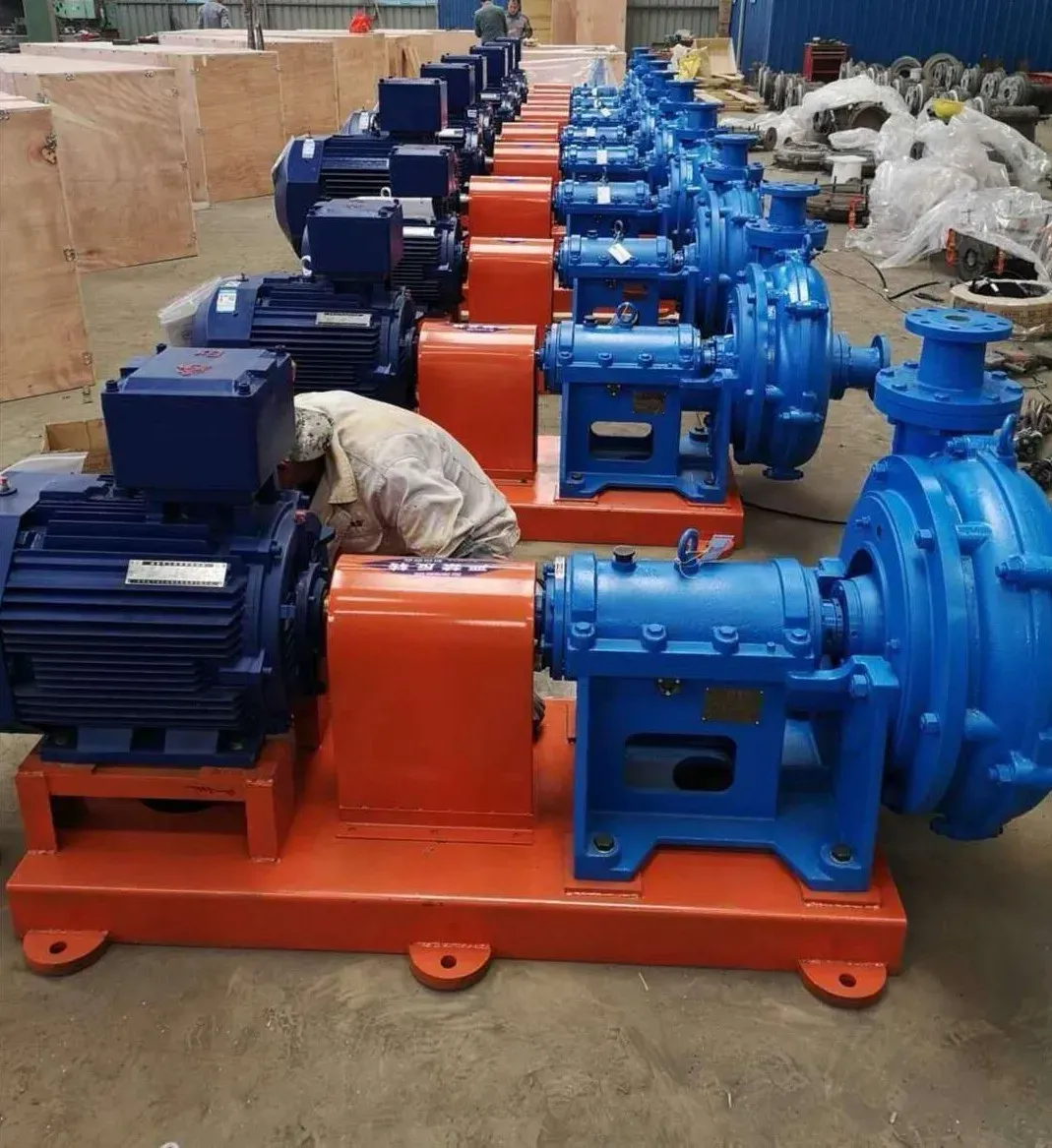English
- Afrikaans
- Albanian
- Amharic
- Arabic
- Armenian
- Azerbaijani
- Basque
- Belarusian
- Bengali
- Bosnian
- Bulgarian
- Catalan
- Cebuano
- Corsican
- Croatian
- Czech
- Danish
- Dutch
- English
- Esperanto
- Estonian
- Finnish
- French
- Frisian
- Galician
- Georgian
- German
- Greek
- Gujarati
- Haitian Creole
- hausa
- hawaiian
- Hebrew
- Hindi
- Miao
- Hungarian
- Icelandic
- igbo
- Indonesian
- irish
- Italian
- Japanese
- Javanese
- Kannada
- kazakh
- Khmer
- Rwandese
- Korean
- Kurdish
- Kyrgyz
- Lao
- Latin
- Latvian
- Lithuanian
- Luxembourgish
- Macedonian
- Malgashi
- Malay
- Malayalam
- Maltese
- Maori
- Marathi
- Mongolian
- Myanmar
- Nepali
- Norwegian
- Norwegian
- Occitan
- Pashto
- Persian
- Polish
- Portuguese
- Punjabi
- Romanian
- Russian
- Samoan
- Scottish Gaelic
- Serbian
- Sesotho
- Shona
- Sindhi
- Sinhala
- Slovak
- Slovenian
- Somali
- Spanish
- Sundanese
- Swahili
- Swedish
- Tagalog
- Tajik
- Tamil
- Tatar
- Telugu
- Thai
- Turkish
- Turkmen
- Ukrainian
- Urdu
- Uighur
- Uzbek
- Vietnamese
- Welsh
- Bantu
- Yiddish
- Yoruba
- Zulu
Telephone: +86 13120555503
Email: frank@cypump.com
Sep . 14, 2024 13:05 Back to list
pumps for septic systems
Understanding Pumps for Septic Systems
Septic systems are crucial for effective wastewater management, especially in areas without centralized sewage treatment facilities. Central to the operation of these systems are pumps, which play a vital role in ensuring that wastewater is efficiently moved through the system. This article will explore the types of pumps used in septic systems, their functions, and selection considerations.
Types of Pumps for Septic Systems
There are several types of pumps commonly used in septic systems, each designed for specific functions
1. Effluent Pumps These are designed to move liquid effluent from the septic tank to the drain field or another stage in the treatment process. They often operate automatically when they detect a certain water level in the tank.
3. Grinder Pumps These pumps are designed to grind solid waste particles into a slurry before sending it to the treatment area. Grinder pumps are often used in lower-lying areas where gravity flow is not feasible.
4. Lift Pumps When the septic tank is situated below the level of the drain field, a lift pump is necessary to convey effluent uphill. This type of pump is essential in hilly terrains where gravity alone cannot move wastewater effectively.
Functions of Pumps in Septic Systems
The primary function of a pump in a septic system is to ensure the efficient transport of wastewater. They help maintain the necessary flow rates, prevent backups, and protect the system's integrity by preventing stagnant water accumulation. Proper pumping also aids in the effective operation of the drain field, allowing it to properly treat effluent before it enters the ground.
pumps for septic systems

Considerations for Selecting a Pump
When selecting a pump for a septic system, several factors must be taken into account
1. Pump Capacity The pump's capacity, measured in gallons per minute (GPM), should match the volume of wastewater produced by the household. An undersized pump may lead to frequent cycling, while an oversized pump can waste energy and lead to unnecessary wear.
2. Head Pressure This refers to the vertical distance the pump must move water. The required head pressure should be calculated based on the distance from the pump to the drain field and any elevation changes.
3. Type of Waste Consider the types of waste the pump will handle. For systems that process solid waste, grinder pumps may be necessary. For typical household effluent, effluent pumps will suffice.
4. Durability and Materials Pumps should be constructed from materials resistant to corrosion and wear, especially in environments with potentially harsh chemicals or solid waste. A durable pump will ensure longevity and reduce replacement costs.
5. Electrical Requirements Ensure that the electrical supply can support the pump's operating requirements. It’s important to have a backup power source in case of outages, particularly in regions prone to power interruptions.
Conclusion
Pumps are integral components of septic systems, ensuring the smooth flow of wastewater, protecting the environment, and maintaining system efficiency. By understanding the different types of pumps available and considering the specific needs of your septic system, you can make informed decisions that enhance performance and longevity. Regular maintenance and timely replacements are critical to prevent costly repairs and ensure that your septic system continues to function effectively.
-
Horizontal Split Case Pump with GPT-4 Turbo | High Efficiency
NewsAug.01,2025
-
ISG Series Pipeline Pump - Chi Yuan Pumps | High Efficiency, Durable Design
NewsAug.01,2025
-
Advanced Flue Gas Desulfurization Pump with GPT-4 Turbo | Durable & Efficient
NewsJul.31,2025
-
ISG Series Vertical Pipeline Pump - Chi Yuan Pumps | Advanced Hydraulic Design&Durable Construction
NewsJul.31,2025
-
ISG Series Vertical Pipeline Pump - Chi Yuan Pumps | Energy Efficient & Low Noise
NewsJul.31,2025
-
pipeline pump - Chi Yuan Pumps Co., LTD.|High Efficiency&Low Noise
NewsJul.31,2025










